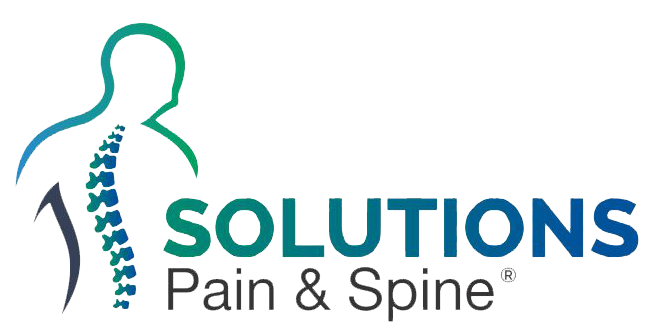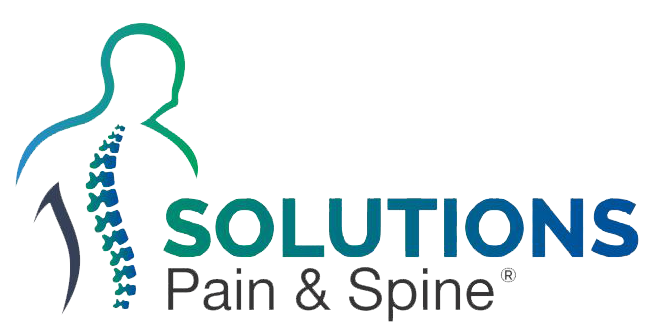Peachtree Corners, Georgia boasts stunning autumn scenery with vibrant leaves and crisp air; yet this beauty may conceal an uncomfortable truth: fluctuating cooler weather may increase pain flare-ups for certain individuals. Understanding this connection between fall weather and symptoms of pain and discomfort can help manage and potentially avoid episodes of unease altogether.
Barometric Pressure and Joint Pain
The atmospheric barometric pressure may fluctuate during fall months, which has been reported by those living with arthritis or similar conditions as an increase in pain levels when its pressure decreases. Chronic pain sufferers, in particular, those experiencing joint ache, report this phenomenon as being particularly bothersome.
Why does this happen? Consider the tissues surrounding joints as balloons: when exposed to high-pressure environments like an ideal sunny day, their cells remain compressed under high-pressure. However, as soon as pressure drops (such as during an expected rain or cold front) their cells expand further putting extra strain on nerves surrounding joints and increasing pain levels
Cooler Temperatures and Muscle Stiffness
As temperatures cool off, many individuals experience increased muscle tightness or stiffness. Muscles, tendons, and ligaments contract more readily under colder temperatures which aggravate conditions like fibromyalgia, muscle strains, or other musculoskeletal disorders; this contracted state cannot only be painful but may increase risk of injury significantly without appropriate warming up procedures prior to engaging in physical activities.
Seasonal Affective Disorders
Seasonal Affective Disorder (SAD), best known for its impact on mood, may also play an indirect role in chronic pain perception. There’s an undeniable connection between mental health and chronic pain perception—people suffering chronic pain frequently see their symptoms worsen during times of stress or depression. Additionally, decreased sunlight during autumn and winter can decrease serotonin levels and lead to an increase in pain sensitivity.
Staying Active during Autumn
Autumn’s cooler temperatures and shorter days encourage indoor living; remaining active through walking, stretching or indoor workouts is vital in order to manage pain effectively. With reduced physical activity due to cooler temps may come muscle atrophy and increased discomfort; activities such as walking or stretching are proven ways to ease symptoms.
Tips for Reducing Pain During Autumn:
- Stay Warm: To remain comfortable while outdoors, layer up and use heating pads or warm baths to relax muscles and ease pain.
- Monitor Weather Patterns: Anticipating weather fronts that could worsen symptoms can help manage symptoms in advance and allow early treatment if they arise.
- Stay Active: As we said earlier, activity levels are so important for managing chronic pain. Schedule regular exercises into your week to maintain flexibility and toned muscles, in addition to pain treatment at reputable pain centers such as SOLUTIONS Pain & Spine.
- Maintain Your Mood: If you suspect Seasonal Affective Disorder, seek medical advice immediately. Light therapy, counseling or medications could all prove invaluable in treating symptoms associated with SAD.
Pain Management Doctors to Serve You
As autumn comes to Peachtree Corners, GA, it presents both opportunities and challenges to pain sufferers. But with awareness and proactive pain management techniques in place, you can still experience its magic without feeling discomfort. At SOLUTIONS Pain & Spine we are always on hand to guide your journey – let us welcome the autumn together with knowledge and a plan for effective pain management! Get in touch today!


